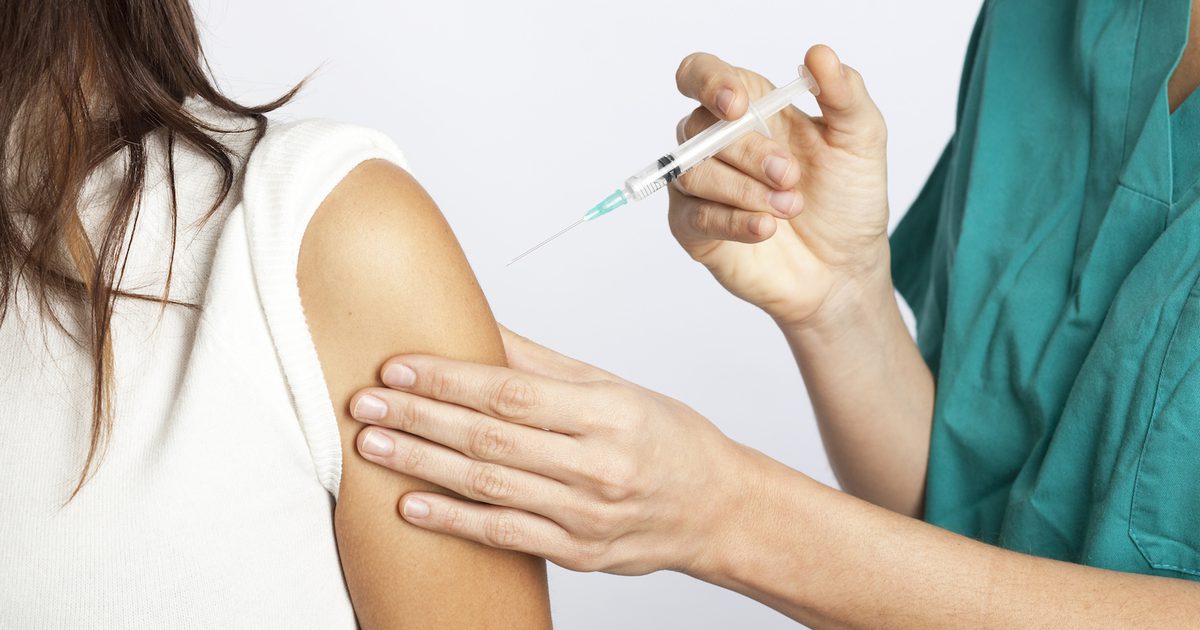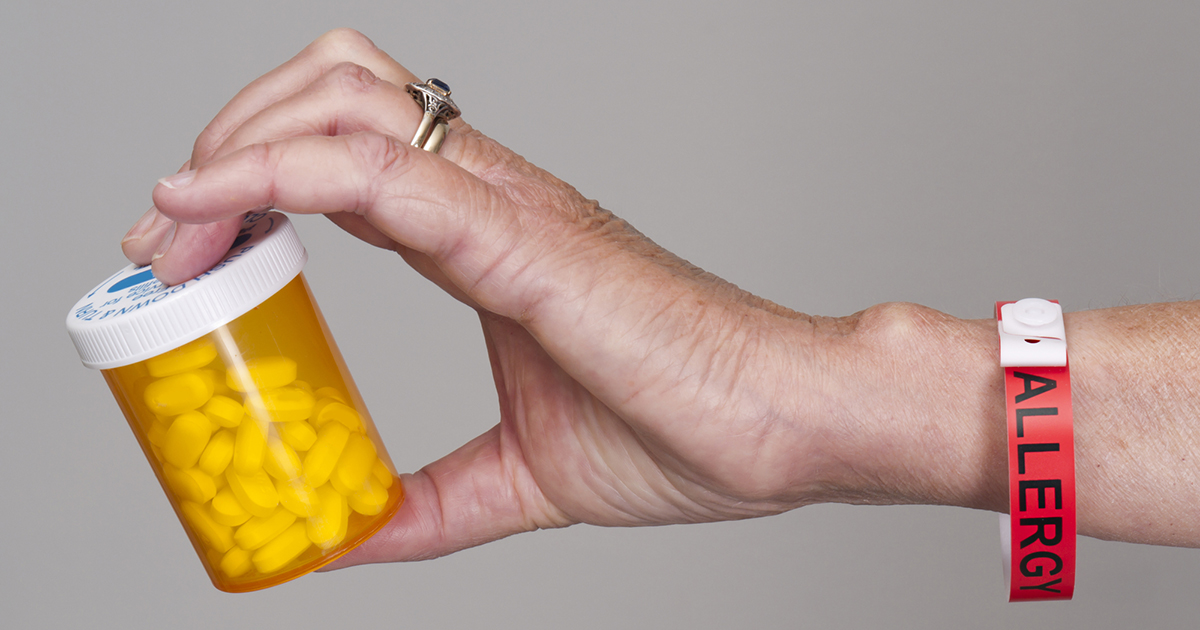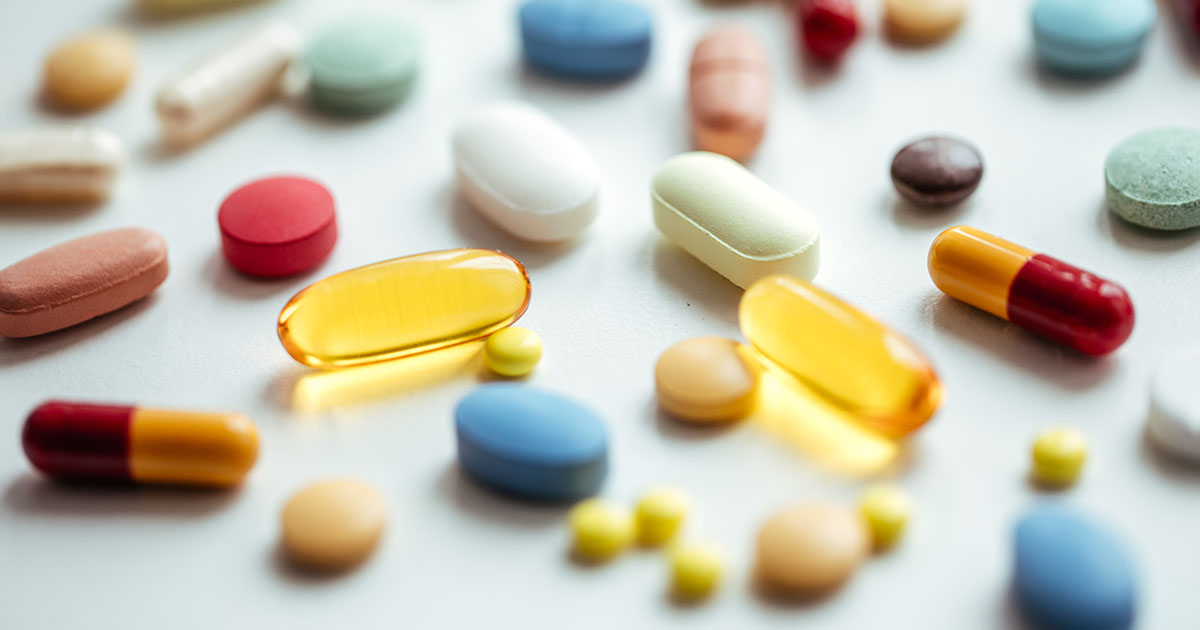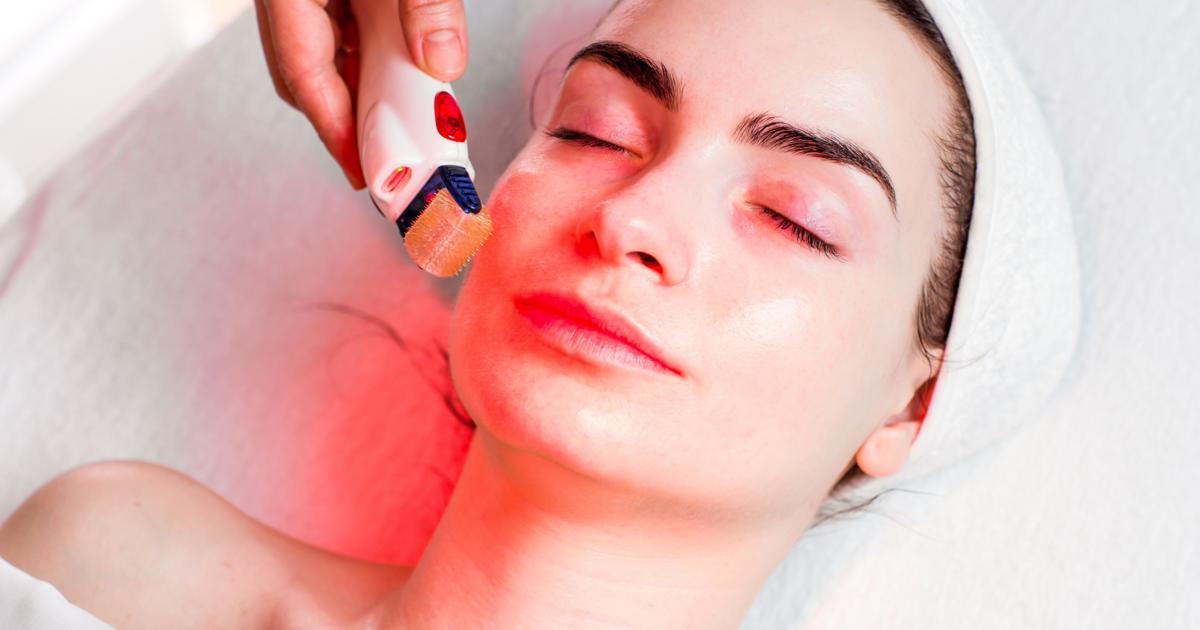Guide To Treating Lichen Planus
Lichen planus is a skin problem that produces redness, bumps, and lines on the skin. Symptoms vary depending on where the disease appears on the body. Skin lichen planus causes firm, shiny, red-purple bumps to appear on the skin. Lichen planus on the skin also causes Wickham’s striae, which are small white lines running through the bumps. Lichen planus tends to appear on the wrists, ankles, and lower back, but can also appear on the genitalia and other areas of the skin.
About the time the older bumps begin to disappear, new bumps develop. The bumps are frequently itchy, and scaly patches may form on the skin. Blisters may also occur, but this is a rare symptom. Lichen planus, when it occurs on the genitals, can be very painful and make sexual relations difficult or even impossible. Several treatments are available to treat lichen planus that relieve the symptoms and help clear the skin.
Corticosteroids

Corticosteroids are hormones used as a medication to treat skin irritations, among other disorders. These steroid hormones are either human-made or created naturally by the body. This type of medication can be used to treat lichen planus either orally, by giving an injection, or as a cream massaged into the skin. Synthetic steroids mimic the way natural steroids work to treat inflammation. Some types of steroids used to treat lichen planus include bethamethasone, prednisone, triamicinolone, methylprednisolone, prednisolone, and dexamethasone. These powerful steroids enable the skin to reduce swelling and eliminate redness by mimicking the way the adrenal glands work to affect the way the skin looks and reacts.
Antihistamines

Histamines are a part of the immune system that trigger a reaction to get rid of something irritating the body. Histamines primarily target a foreign entity that is causing the body to itch or swell. Histamines work to counteract the substances irritating the body, so it can calm down again, and are a part of the human body’s immune defense system. Antihistamines work to keep the body’s histamine reaction level low and counteract the itching and swelling of a histamine reaction. Since lichen planus includes itching and swelling where the bumps occur, using an antihistamine to reduce the histamine reaction and itching of the disorder can soothe skin and calm the itching and redness of some of the disease’s symptoms.
Immune Response Medicines

Immune response medicines modify or suppress the body’s immune response. They can also stimulate an individual's immune system response. One of the preferred immune response medicines for lichen planus of the mucous membranes is a topical calcineurin inhibitor such as pimecrolimus or tacrolimus. These medications are used to treat inflammatory diseases like lichen planus. Pimecrolimus works by lessening a person’s immune system reaction and slowing down the growth of skin disorders such as lichen planus. It comes in cream form and is applied directly to the affected area. Tacrolimus is also a topically applied medication used to treat the disorder, and it works by decreasing the activity of immune system cells and slow down the growth of lichen planus bumps and irritation on the skin.
Light Therapy

Light therapy remains another frequently used treatment for lichen planus and other skin disorders. This therapy, also known as laser treatments, work well to cure the symptoms of many various skin disorders, and lichen planus is no exception to this. Light therapy, or phototherapy, works by slowing down the growth of skin cells and reducing skin inflammation. Also called phototherapy, this therapy uses a UVB lightbox to penetrate the top layer or epidermis of the skin. Sunburn is possible using UVB phototherapy. Usually, a combination of phototherapy and a medication such as a psoralen may be used together to treat skin disorders. Phototherapy requires two or three treatment sessions per week for a few weeks to reduce lichen planus symptoms.
Retinoids

Retinoids, which are related to vitamin A, remain one of the hottest skincare products used today. Scientific studies on tretinoin, a prescription retinoid, have shown using the product can improve the way skin looks after about twelve weeks of use. Not only are retinoids useful in improving wrinkles in the skin, but using the product can also enhance the looks of the skin in individuals with lichen planus. A recent review of the literature on the effect of this medication use in lichen planus patients suggested this product works well in clearing up the skin disorder. It does, however, have a side effect of a burning sensation upon application.
